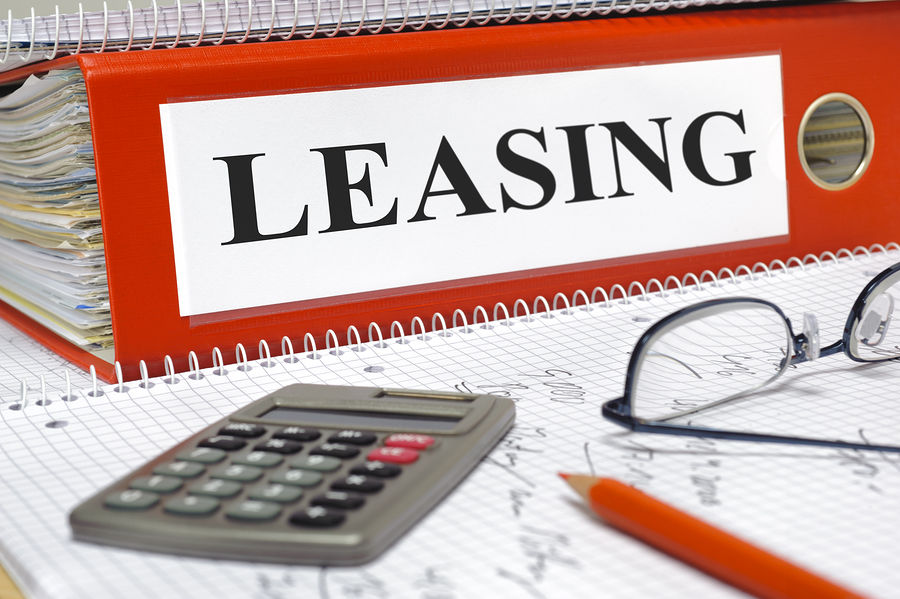Recent Articles
Popular Makes
Body Types
Leasing 101
The ins and outs of leasing a automobile.

When you lease, you are paying for the use of a vehicle. Your payments cover the cost of the vehicle's depreciation over the time you drive it, rather than the purchase price. When the lease is up - typically in two to four years -- you must return the vehicle or purchase it outright. This article will explain what you need to know if you're considering a lease. Before you make your final financing decision, you should also review our articles on differences between loans and leases.
To calculate a lease payment, the financial institution (the "lessor") estimates the amount the vehicle will depreciate over the lease period, adds the interest being paid by the lessor to finance the car while you drive it and several other fees. Many leases can be started with 'no money down,' although a down payment ensures lower monthly payments.
The Federal Reserve Board recently enacted consumer-friendly legislation that requires dealers to disclose all the key variables of a lease: the interest rate, residual value, length of lease, and size of down payment.
Short term leases work for those who want a brand-new vehicle every few years. The manufacturer covers major maintenance costs for the duration, and you usually pay for required servicing. A major concern: if you terminate this type of lease early, you'll most likely pay severe penalties. Returning the car when the lease is up When a lease expires, you can either buy it, or return it. If you return it you must do the following:
- Return the vehicle in its original state with no accessories, modifications, or different parts.
- Make sure the vehicle is in good shape, with no excessive "wear and tear." There are penalties for damage or rough treatment.
- Meet mileage limits, usually around 12,000 - 15,000 miles. You will be charged anywhere from 10 to 15 cents for every mile you drive over the limit, which can really add up. For example, if you drive 20,000 miles per year for three years on a 12,000 mile/15 cent lease, your penalty would be $3,650.
If you opt to buy at lease-end, the key factor is the residual value of the vehicle or, in other words, what the car is worth at that point. Most leases are "closed-end" leases, which means that residual value is clearly stated at the start of your lease. In most leases, you will pay this amount regardless if the market value is higher or lower at the lease end. An "open end" lease makes the consumer responsible for the potential gap between the residual value and actual market value at the end of lease. This is a bigger risk than a closed-end lease. It is rare this type of lease works for the consumer.
The primary features of leases are summarized below. Make sure you contrast these to the advantages of loans before deciding on how to financing your vehicle. Check out Understanding Loans and Loan versus Lease articles.
- : An affordable way to drive a new car (and an upscale one that may be beyond your purchasing power). Leasing payments (per month) are generally lower than financing payments.
- : Requires you to maintain your car regularly, basically keeping it the way it left the showroom. No customizing or altering the vehicle.
- : A good option if driving a new car is more important to you than owning one. A reasonable and cost-effective alternative to buying every two years.
- : There are legitimate business reasons for leasing. You may be able to deduct lease payments from your taxes.
- : Leasing contracts have annual mileage limits, and the penalties can be significant. If you plan on driving less than 12,000-15,000 miles per year, you should have no problem with the mileage restriction.
- Leases can often be initiated without any down payment, and a typical two- to three-year lease lasts about half the time of a typical auto loan.
- : Can mean significant penalties if you end your lease earlier than you initially agreed. When you sign the contract, you have to keep it for the term specified. Penalties differ from lease to lease.
- : Chances are, at lease-end you'll lease again and sign up for a new payment cycle.
- : Leased vehicles are almost always covered by a factory warranty for the duration of your lease contract. Major maintenance is not your financial responsibility.
If leasing seems like a reasonable option for you, read Leasing Tips before you proceed.
By Staff Photo credit: Porsche